A big aspect of a successful hunt is location, location, location. Scouting land is important for finding animal tracks, habitats preferred by the desired game species, and land that is easily accessible to set up your hunting equipment. The ownership of the land that you access will also influence your experience and potential for harvest. The intensity of management and intensity of use varies from site to site. Recently, a few Albany State University students were able to see for themselves a few differences between public and private land.

In our college learn-to-hunt program, Academics Afield, we select land based on two factors: availability and proximity. Hunting on land within an hour of the school allows students to become more familiar with the scouting process and better understand the local habitat. During the site selection process we also weigh the pros and cons of using private land or public land. Albany State University students were able to utilize private land in the Spring for a small game hunt. This allowed the students to not feel the pressure of competition from other hunters and have a higher chance of success. This Fall, the Albany State University students used a local WMA for a dove hunt. The benefit of using public land is that the students could replicate the procedure later to plan their own hunt.
Alapaha WMA features a dove field that has all the components to provide good habitat for mourning dove. It’s public land, which means the students could access the land again on their own if they have the proper licenses and is it about an hour away from the school. The students arrived at sunrise and were met with a handful of vehicles in the parking lot. The beginning of the hunt was spent identifying the locations of the other hunters to make sure we placed ourselves at a safe considerate distance while also trying to remain near the main flight path of the dove.

While the additional hunters on the dove field meant there was more competition for the birds, this helped the students learn that hunters can respectfully share the land with each other. Another lesson learned on this outing was the importance of arriving early to get set up in your desired spot. During the hunt, the students were able to observe the more experienced hunters and were able to gauge their tactics. While our students didn’t have decoys, other hunters that were present had decoys spread across the field, exposing the AA participants to one technique for hunting dove.
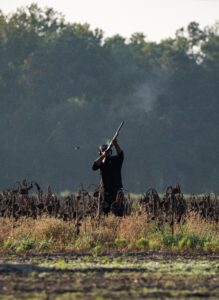
Overall, the hunt was a success. The birds were flying, shots were taken, and bonds were formed.
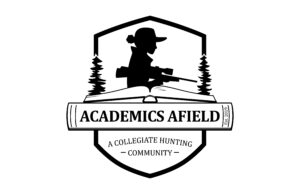
The Georgia R3 Initiative is a cooperative effort between Georgia Wildlife Federation, Georgia Department of Natural Resources Wildlife Resources Division, National Wild Turkey Federation, the Georgia Chapter of Safari Club International, and Ducks Unlimited.
Academics Afield is supported by a grant (#F22AP00937) from the Sport Fish and Wildlife Restoration Programs of the U.S. Fish and Wildlife Service.
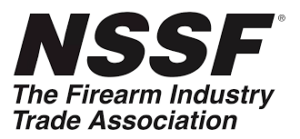
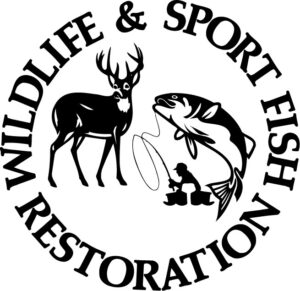
Academics Afield: gwf.org/academicsafield
Georgia R3 Initiative: https://gwf.org/r3/
# # #
About Georgia Wildlife Federation
Georgia Wildlife Federation was founded as a sportsman’s organization in 1936 and is Georgia’s oldest conservation organization. Today, members include hunters, anglers, bird watchers, hikers, educators, and all Georgians who are interested in preserving our natural resources and outdoor heritage.
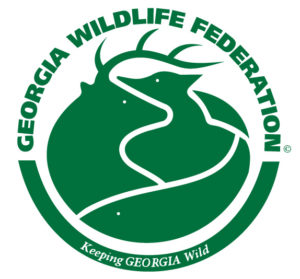
Recent Comments